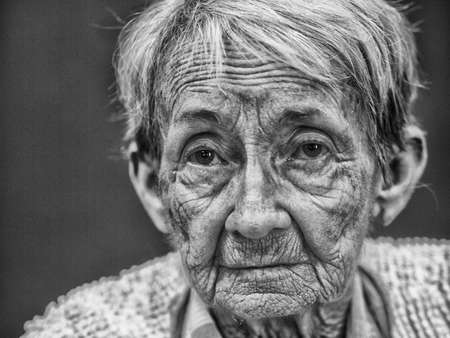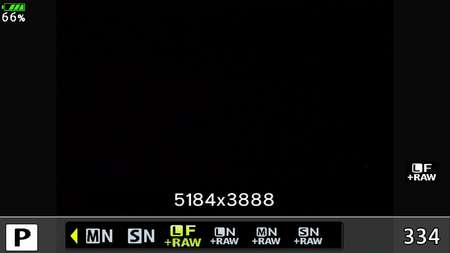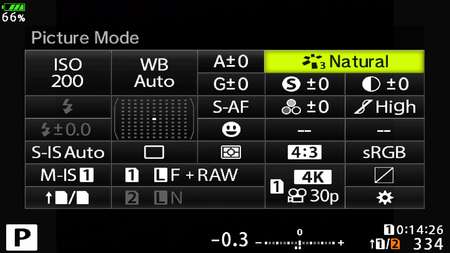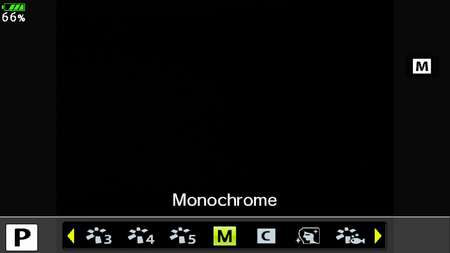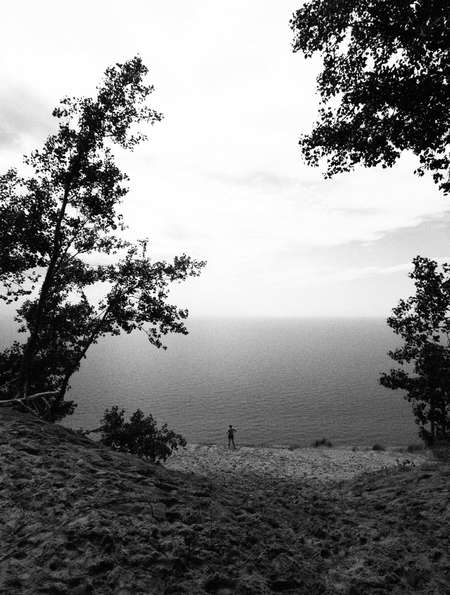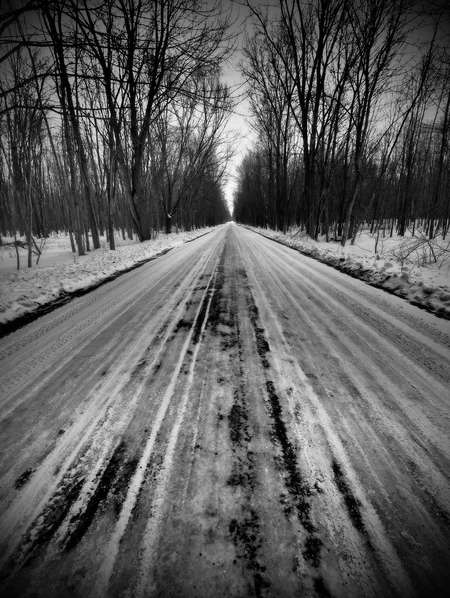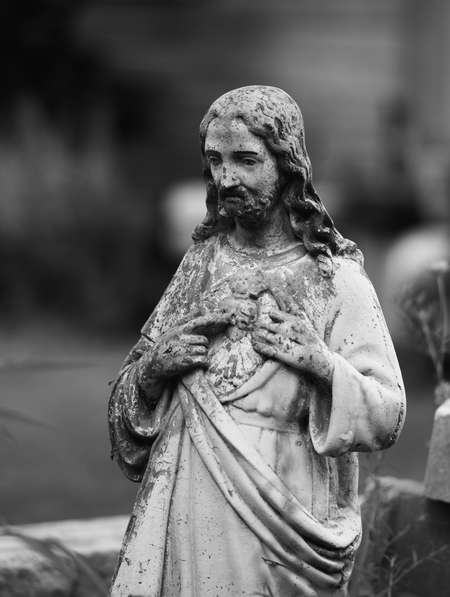If you have been into photography for any length of time you’ve probably had some interest in shooting black and white images. And if you have started to learn about it, you’ve likely heard the phrase “seeing in black and white.” This is a wildly popular phrase in the photography education world - with workshops, books, and countless blog posts discussing “how to see in black and white.” But this blog post is not going to be about the hypothetical – it’s about literally seeing in black and white using your Olympus mirrorless camera. And not only will I show you a few ways to do it, I’ll also give you a few tips on getting the most from it.
WHY
Whether it is the sweeping grand landscapes devoid of color that Ansel Adams created, or the iconic Depression Era work of Dorothea Lange — one thing is certain — a well done black and white image can stand the test of time. Photographing in black and white not only creates a timeless look, it is also an incredible way to make the patterns and textures of the world around you stand out. When you remove color from the equation, all you are left with is textures, contrasts, and light. Black and white can also be used to remove the distraction of bold colors from a scene to make your subject stand out against a sea of distraction.
WHEN
When should you shoot in black and white? For me personally there are times when I know I will be shooting in B&W based solely on past experiences with shooting a particular location or environment.
A good example is street photography, and especially at night after it has rained. There is something to be said for a street photo that is in black and white. And although there are always clues as to the era in which a photo is shot, the emotional connection is what we refer to as timeless. Nothing in the scene feels like it has to be a part of an era, it is just life at any given moment.
Another time I like to shoot in black and white is when I want to create a dramatic and emotional image that color will not contribute to. See if you can find a scene that doesn’t need color to make it dramatic. A good example is this photo of a storm rolling in.
HOW
The “how” is so easy you won’t believe it, and it may just make you shoot black and white photos more often!
The first thing we are going to do it set your camera to shoot RAW+JPG. The reason we do this is so that you get a black and white image that represents what you see in the camera (the jpg), and you will also get a color raw file. Now, there are several JPG settings we can use, and I prefer to use the LN (Large Normal) or LSF (Large Superfine).
To get your camera into the RAW+JPG. mode the first thing we do is navigate to file type setting on the back of the camera. Start off by pressing the OK button, then navigating to the file type on the back of the screen. Hit OK again to open the selection menu, scroll over to the file type you wish to use.
Once you have selected the settings you want, hit OK again to choose it and set it.
Now that we have selected our RAW+JPG mode, we can move on to setting the camera up in Monotone (B&W) mode. Start by hitting the OK button again, navigating to the Picture Mode option in the upper right hand side of the rear display. Hit OK once you have it highlighted to open the selection menu. Here you will choose the MONOTONE setting. Hit OK and then you’re ready to start shooting.
There are two additional ways to take black and white images. The first and most obvious is to use Art Filters. The images below were shot using the grainy film Art Filter and the Dramatic Tone Art Filter set to Monochrome Mode.
The last way to shoot in monotone is to set you Custom Picture mode to monotone. I do this so that I can have my monotone picture mode set to one look by adjusting the sharpness, contrast, etc.
ABOUT JAMIE MACDONALD
Web: jmacdonaldphoto.com
Blog: jmacdonaldphoto.com/blog
Twitter:@MacDonald_Photo
Jamie MacDonald is a nature and stock photographer and social influencer living in Michigan’s Lower Peninsula. A husband and the father of two boys who are widely featured in his work, he describes his love of photography as one that is “rooted in the desire to move people to see the world around them in new ways.”
